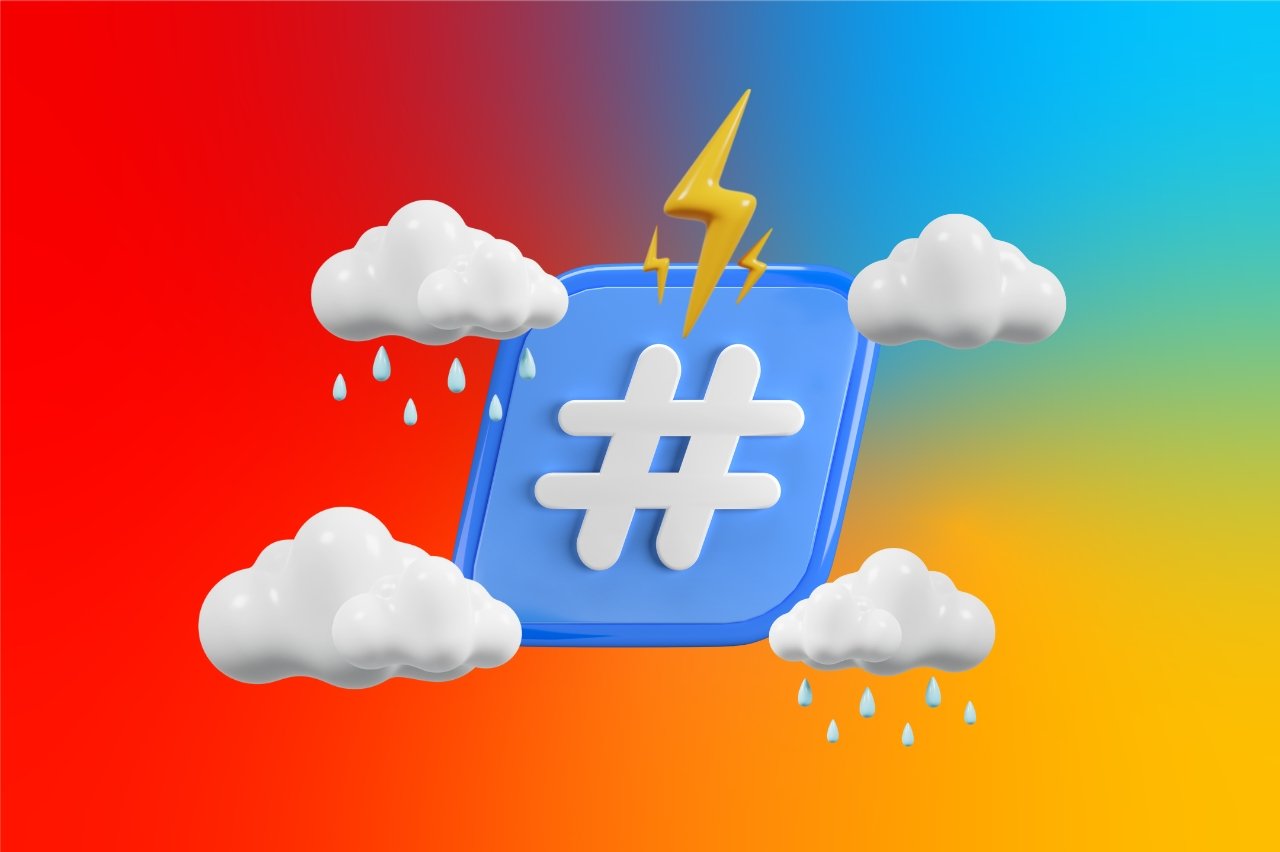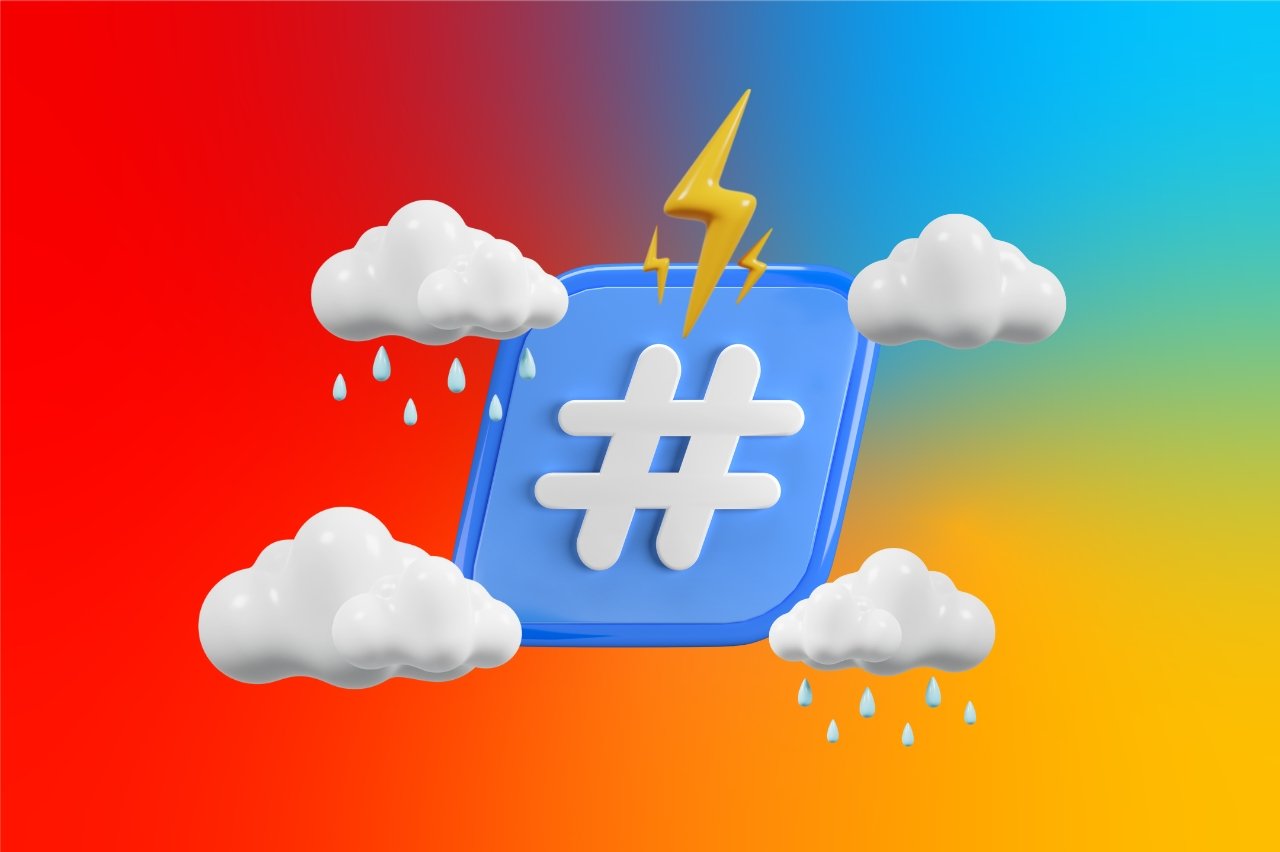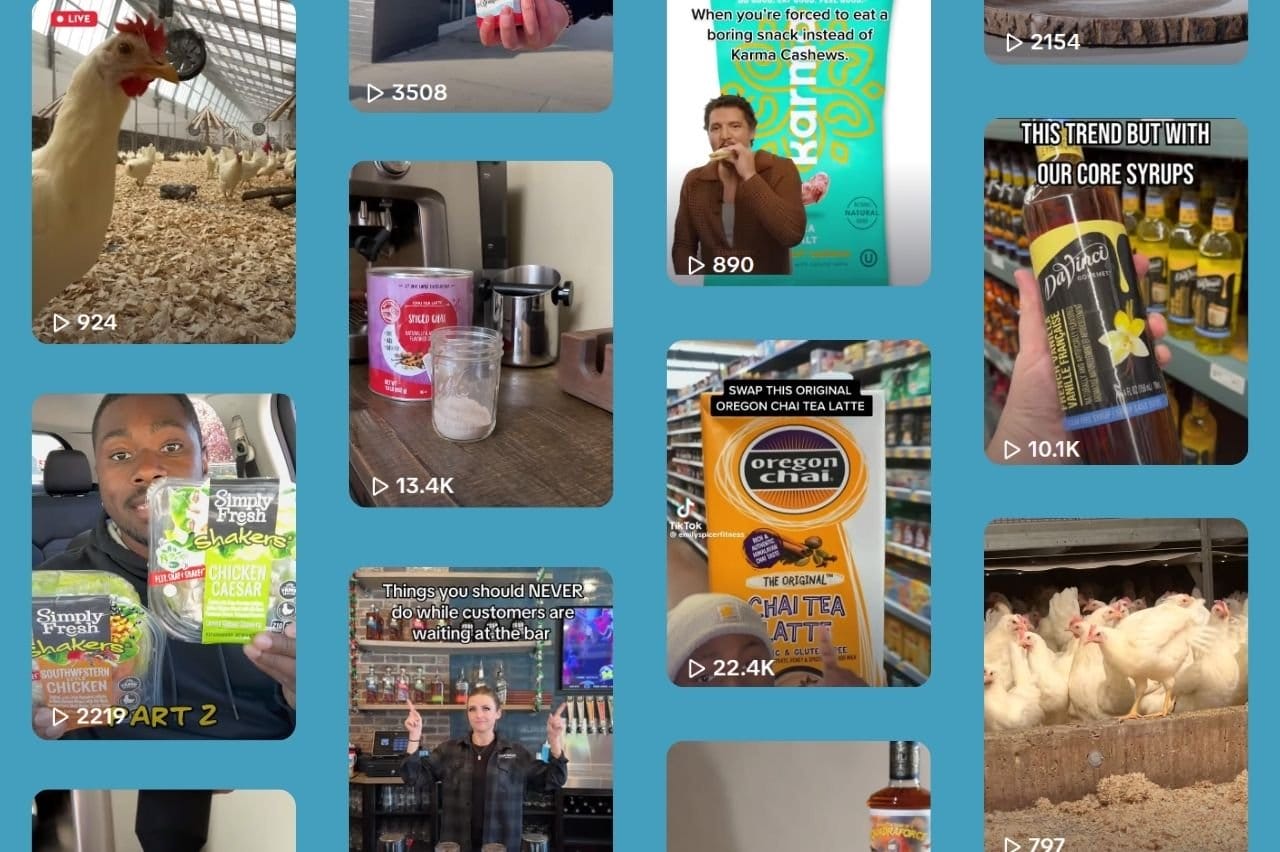Weathering The Twitter Storm In 2023

Marketers be warned.
Elon Musk’s Twitter continues to be a volatile social media advertising outlet, impeding the attraction of top-of-funnel audiences to marketing programs.
Let’s take a look at what plagued the app through last year:
-
Hackers often take advantage of the platform’s feeble API security. Late last year, a hacking scandal took 200 million users’ information and freely leaked it to the internet.
-
Major companies — including General Motors, United Airlines, REI, and many more — paused their advertising, due to surging hate speech, misinformation, distasteful content, and unsavory posts.
-
Controversial owner Musk forced users to accept personalized advertising unless they pay for a subscription service to opt-out. The platform also requires shared location, confirmation phone number, and two-factor authentication for targeted advertisement.
Maybe ten years ago, strong-arming users for privacy requirements wasn’t as big of a deal. Now, regulators are sounding the alarm on the social media platform. Overseas in the UK, the Information Commissioner’s Office is engaged in dialogue with the company’s data protection officer, hoping to assess potential data protection impacts in online services. In response, Musk must justify why extracting this data from his users is necessary. Critics have denounced any answer he may give, reasoning that location data is infinitely more valuable than revenue they would make off of user subscriptions.
Though social media marketers would love the treasure trove of personal information for advertising purposes, using this information could negatively affect the brand. Already, TikTok is in the crosshairs of data privacy regulations. Now, attention is directed at Twitter, defying user consent when the world is moving towards more wide-ranging restrictions.
Musk’s desire to turn the system into a revenue source has perverted its concept as a singular space for brands to project their voice.
However, looking past the mass layoffs and insipid corporate decisions, the platform still checks the boxes for what advertisers want. There is still very strong audience engagement, backed by content protections. Specifically, smaller advertisers have stuck with the app because of their sizable audience and engagement numbers. Stable audience size and engagement continue to propel Twitter’s strengths forward. The platform also offers generous incentives for a myriad of advertising strategies.
Still, advertisers must protect their brand names; association with the platform now comes with an inherent risk. As is the case with all social media marketing, businesses must compare the cost to acquire customers through advertising channels.
Will the advertising investment garner a sizable return?
Considering the public relations implications, does advertising on Twitter amplify and perpetuate a negative message?
Potentially, shifting the advertising to other digital platforms may be the best course of action, until Twitter gets itself sorted.



